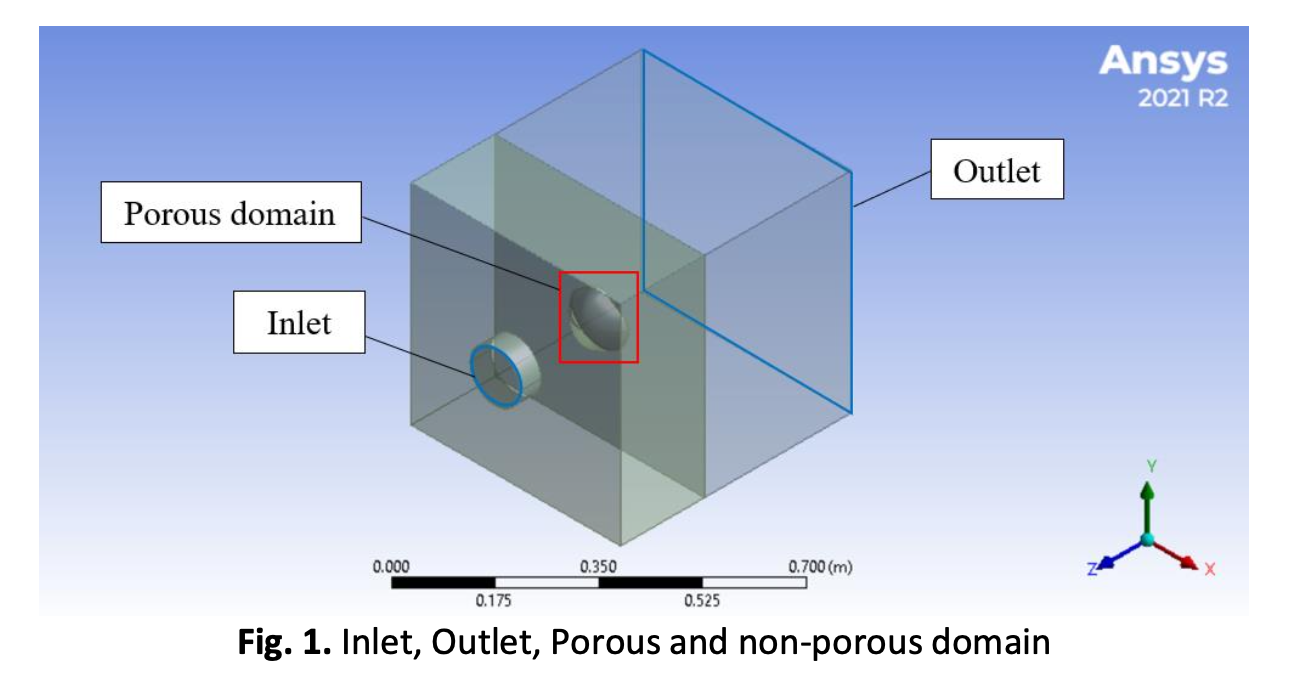Analysis of Fluid Flow on the N95 Facepiece Filtration Layers
DOI:
https://doi.org/10.37934/arfmts.100.1.172180Keywords:
N95 facepiece, COVID-19 virus droplets, fluid flow analysis, filtration layersAbstract
Due to the general confusion over the mask's efficiency against COVID-19 virus droplets, professionals and the public may find it difficult to stop the disease from spreading. This study intends to investigate the fluid flow across the N95 filtration layer based on the experimental data and create a simulation model based on the analysis. Therefore, the fluid flow across the filtration layer is simulated using ANSYS Fluent, part of Computational Fluid Dynamics (CFD) solver software. This study anticipates the fluid flow across the N95 by using the porous media approach, in which inertial resistance and viscous resistance are introduced in the simulation by obtaining the pressure drop coefficient of the actual 3M N95 filtration. The fluid passed through the filtration layer with some velocity range based on the MS 2323:2010 standard. The pressure and velocity distribution of fluid through the filtration layer are analyzed by simulation illustration of the contour and streamline of the fluid. For most conditions, as fluid flowed across the filter, the flow gradually began to retard and diverge around the filtration layer. Besides, different flow rates across the filtration layer also result in different pressure distributions on the N95 layer. To sum up, this study is beneficial in forecasting the fluid behavior across the filtration layer by applying the porous zone approach in the ANSYS simulation.
Downloads






























